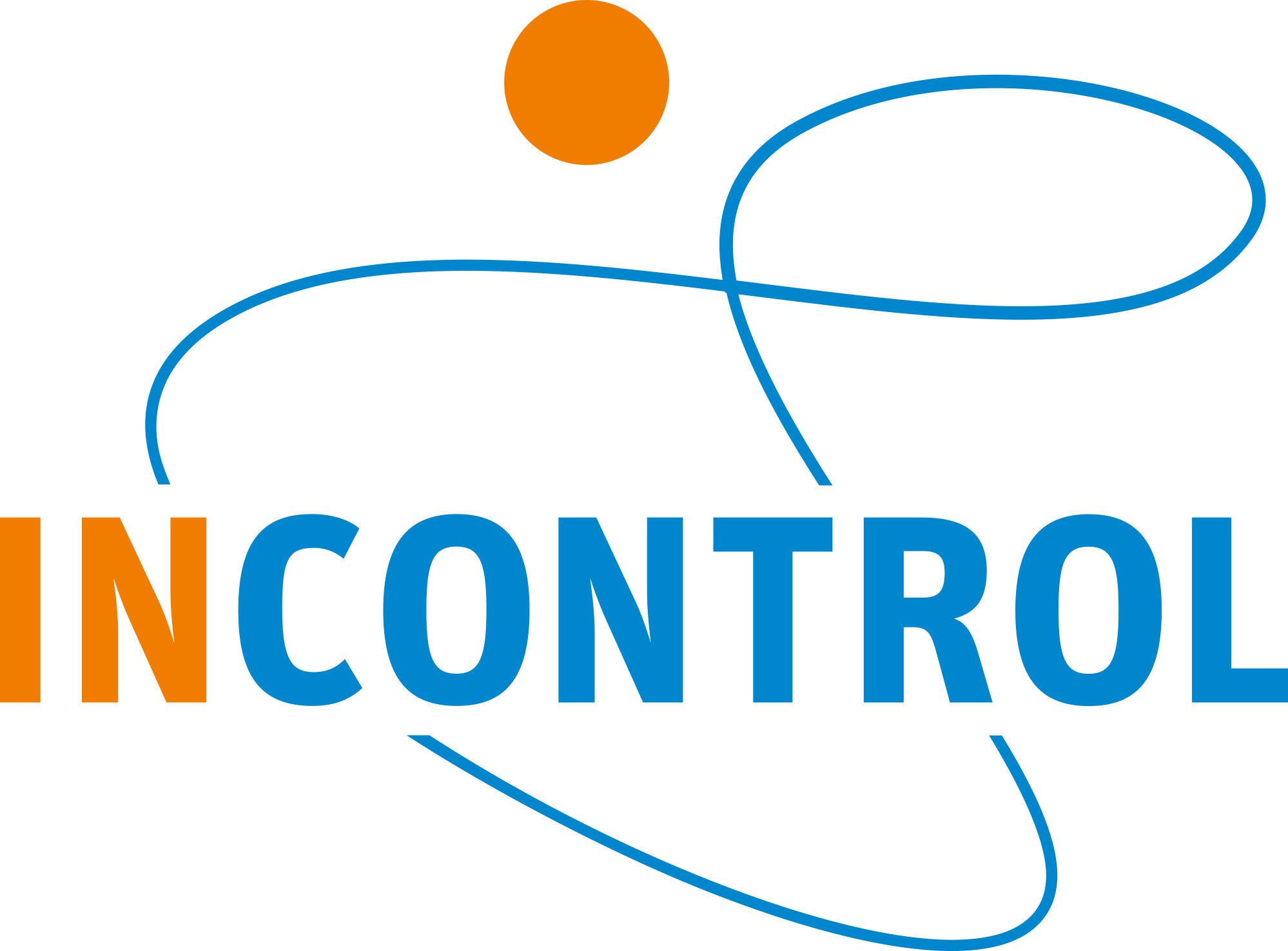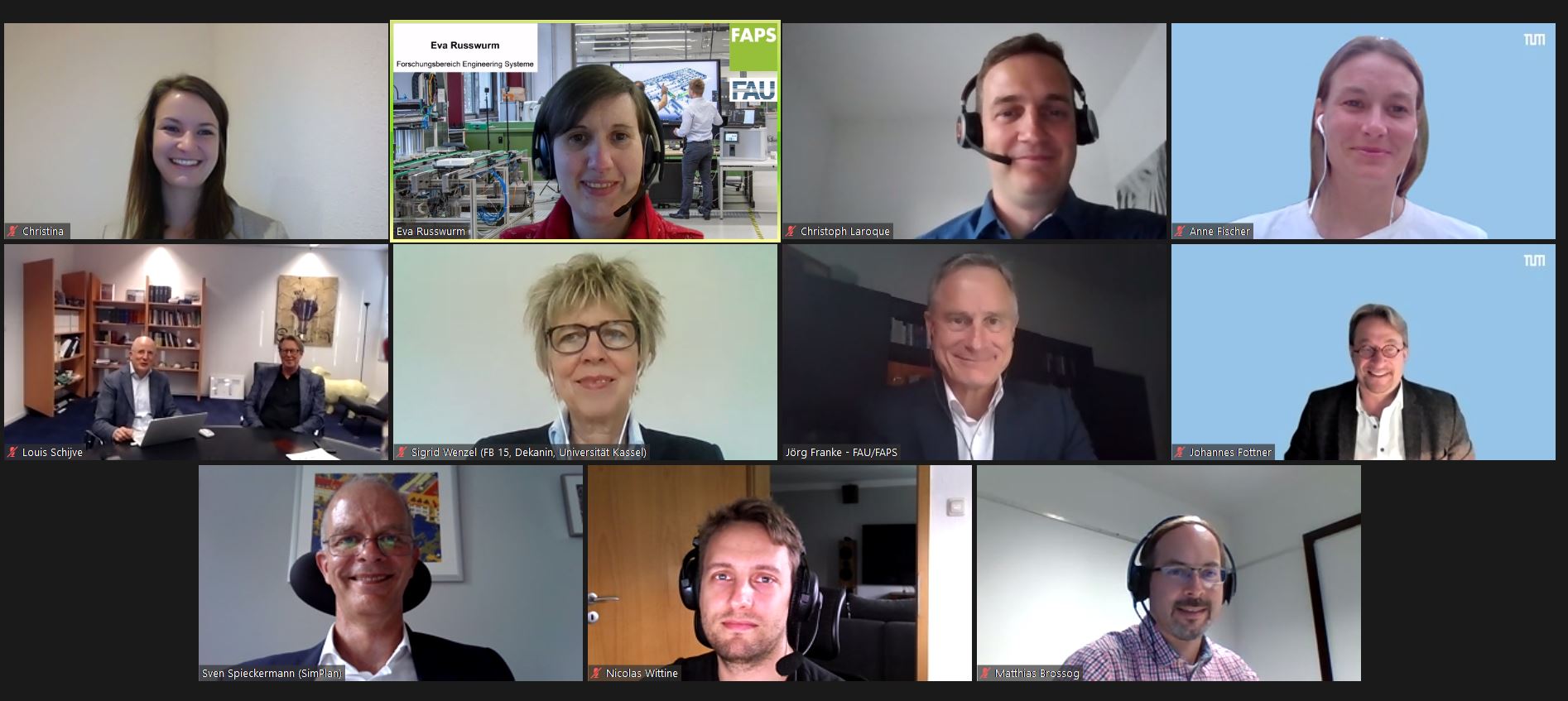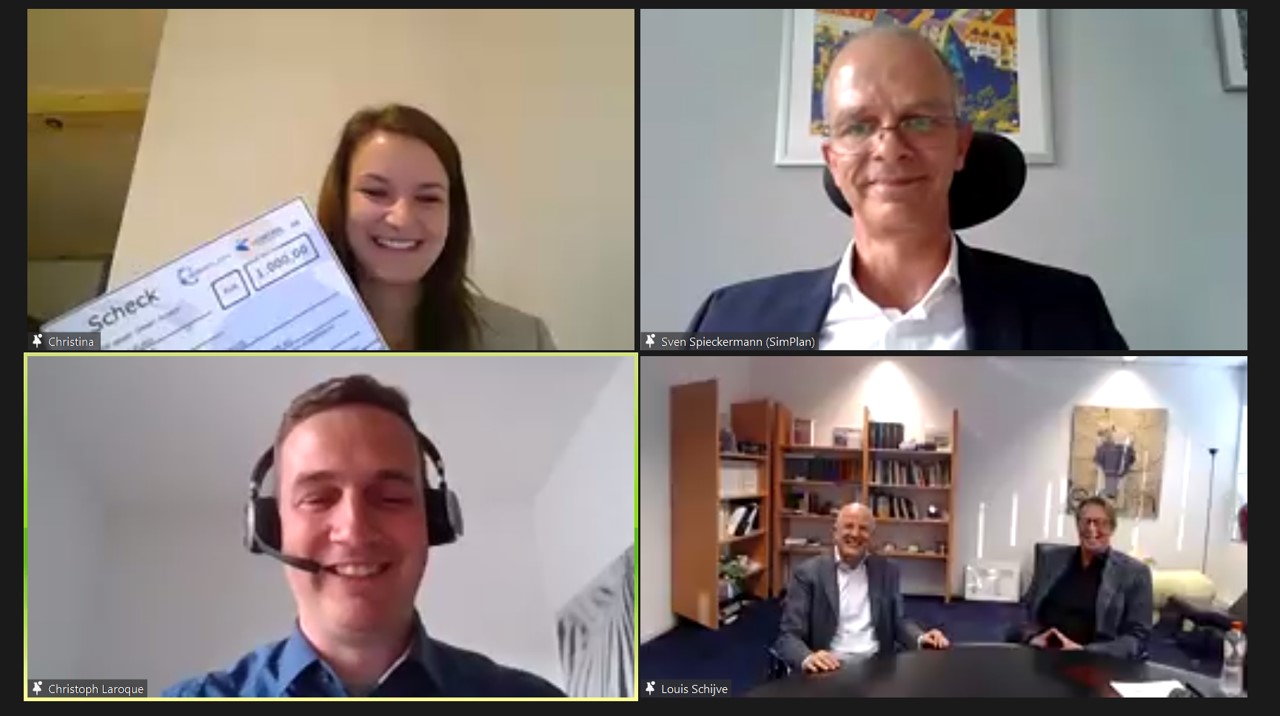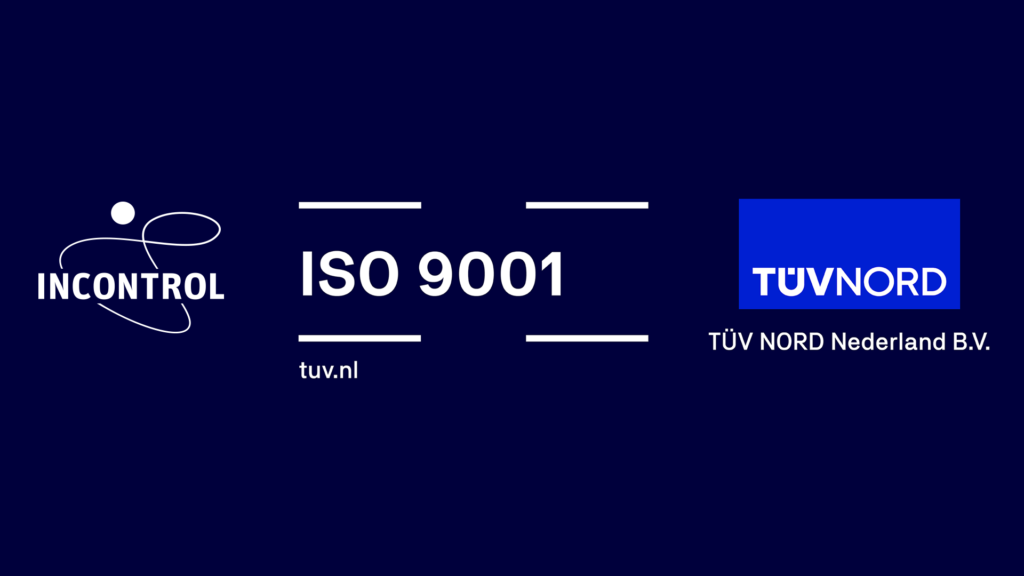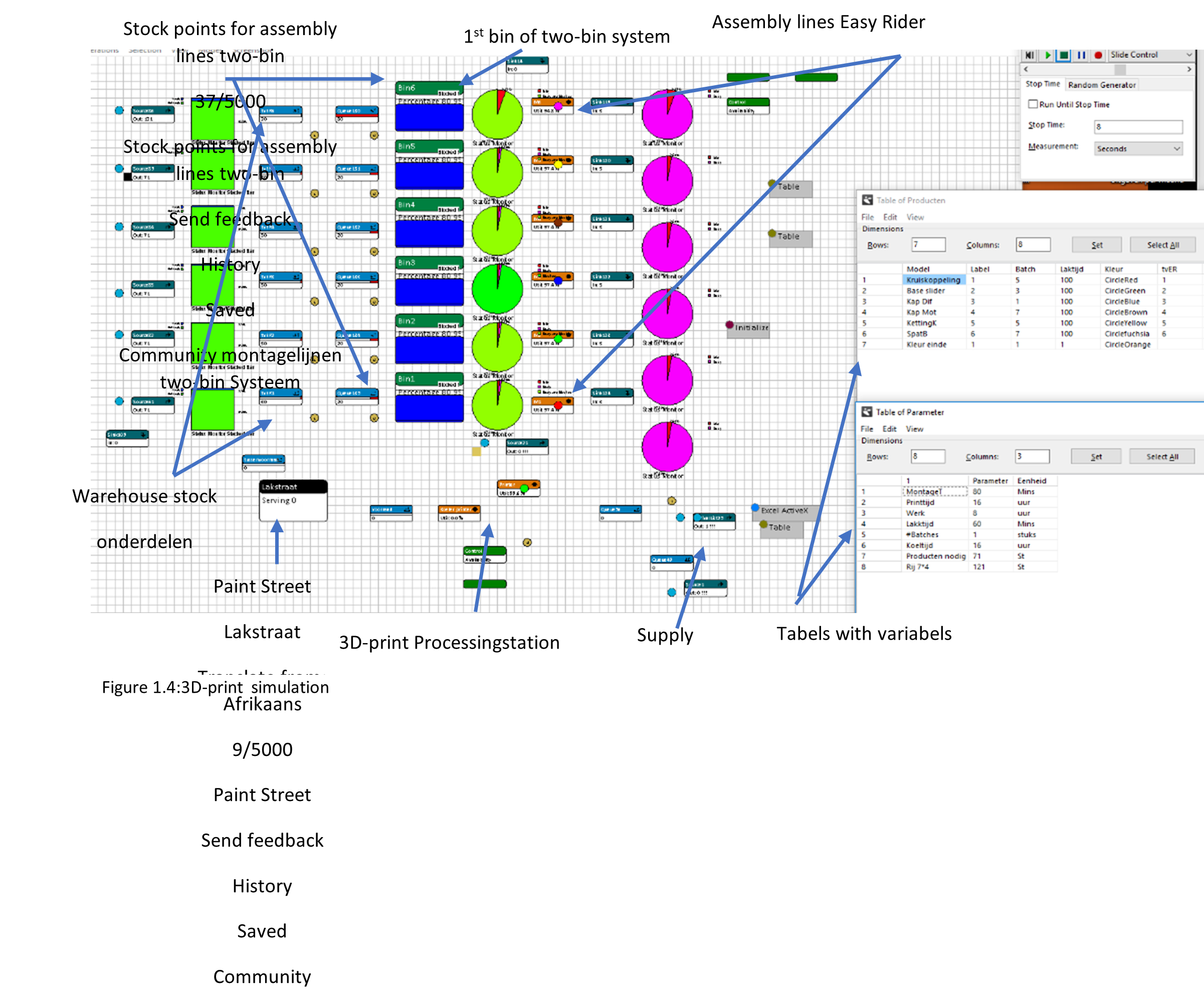Together with its business partners, Accenture Singapore has created its vision for the Future of Cities. These Metropolitan Areas should not only be the economic powerhouses of our world but also livable, safe, and sustainable locations that are by design inclusive to each stakeholder. Accenture Singapore brings together the relevant expertise and the best of class technology in their recently launched Future of Cities Innovation Hub; focusing on Sustainability, Mobility, and Safety & Security. We, InControl, are both happy and proud to announce that our simulation software is contributing to this Singapore Innovation Hub. In this manner, we are not only committed to the jointly created vision of the Future of Cities but strengthen our company mission statement: ‘’To deliver simulation software for a safe and sustainable planet.’’
But… how exactly is simulation contributing to future cities? To design cities’ infrastructures optimally, a thorough understanding of logistical flows is essential. Not only the logistical flow of pedestrians but also related to goods, rolling stock, energy, and even waste. The simulation of these processes and specific dynamics and scenarios provide tremendous information which in turn gives answers to complex, logistical issues. Think of capacity management, urban planning, and safety & security. Not only can simulation be part of the design phase of urban infrastructures, but it also plays a major role in real-time control and planning of operations. Possible congested areas or other (potential) issues related to public safety and security can be foreseen in an early stage, enabling authorities to act adequately and fast.
For simulating these scenarios, Metropolitan areas and City Authorities are visualizing the infrastructure in a so-called ‘digital twin’. However, to make this digital representation as realistic as possible enormous amounts of data are needed. A powerful software platform is key to process all this data of pedestrians, bikes and vehicular (public) traffic flows. InControl’s simulation software platform Enterprise Dynamics® (including Pedestrian Dynamics®) enables authorities to gather, enrich and process data from several sources like mobile devices, road and parking systems, and even weather stations! A digital twin facilitates the optimization of all flows in a city or any other infrastructure, providing information, insights and allowing quantifiable comparison of scenarios. By having this better understanding of pedestrian and other (public) transportation flows in congested areas during both regular and irregular days. The impact of bottlenecks, queues, and unsafe settings during e.g. city (re)development, road construction activities, or sports and other events, can be predicted and limited in an early stage and – even better – be avoided!
Besides providing an overview of the distinct scenarios for a certain area, the simulation model also provides so-called ‘heat maps’. These maps provide information about the level of services provided in a certain area where not only the safety of pedestrians can be analyzed but also their level of comfort. Via both the simulation scenarios and heat maps, concretely and easily can be determined whether KPIs (Key Performance Indicators) are met.
With Simulation Software, InControl is not only contributing to the realization of City and Metropolitan Authorities’ goals but also providing a pleasant, safe, and secure setting for citizens, workers, and visitors. All around the world, for more than 30 years! Would you like to be fully in control of your urban infrastructure? Please do not hesitate to contact us. We are happy to tell you more about our experiences and expertise.
For more information, please contact:
